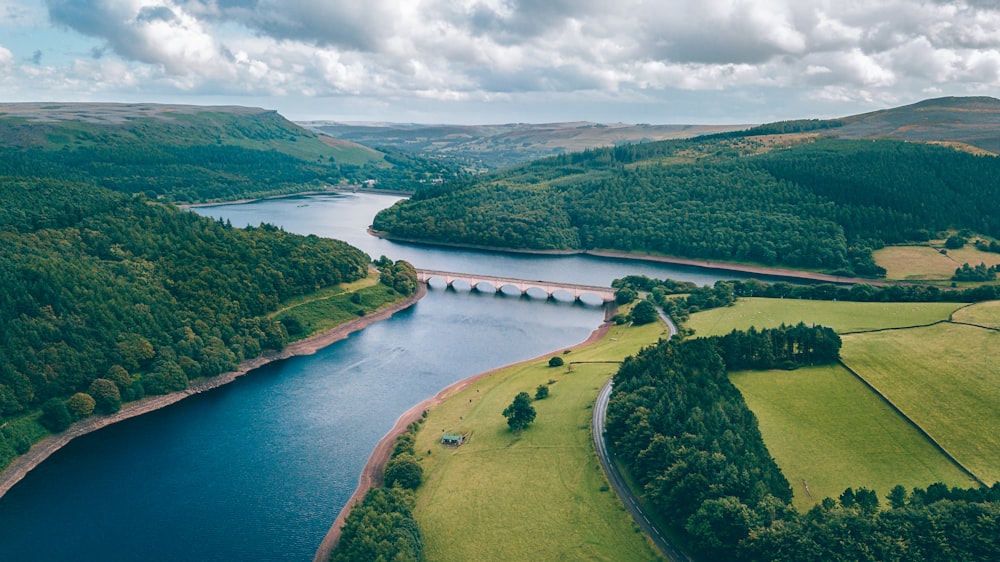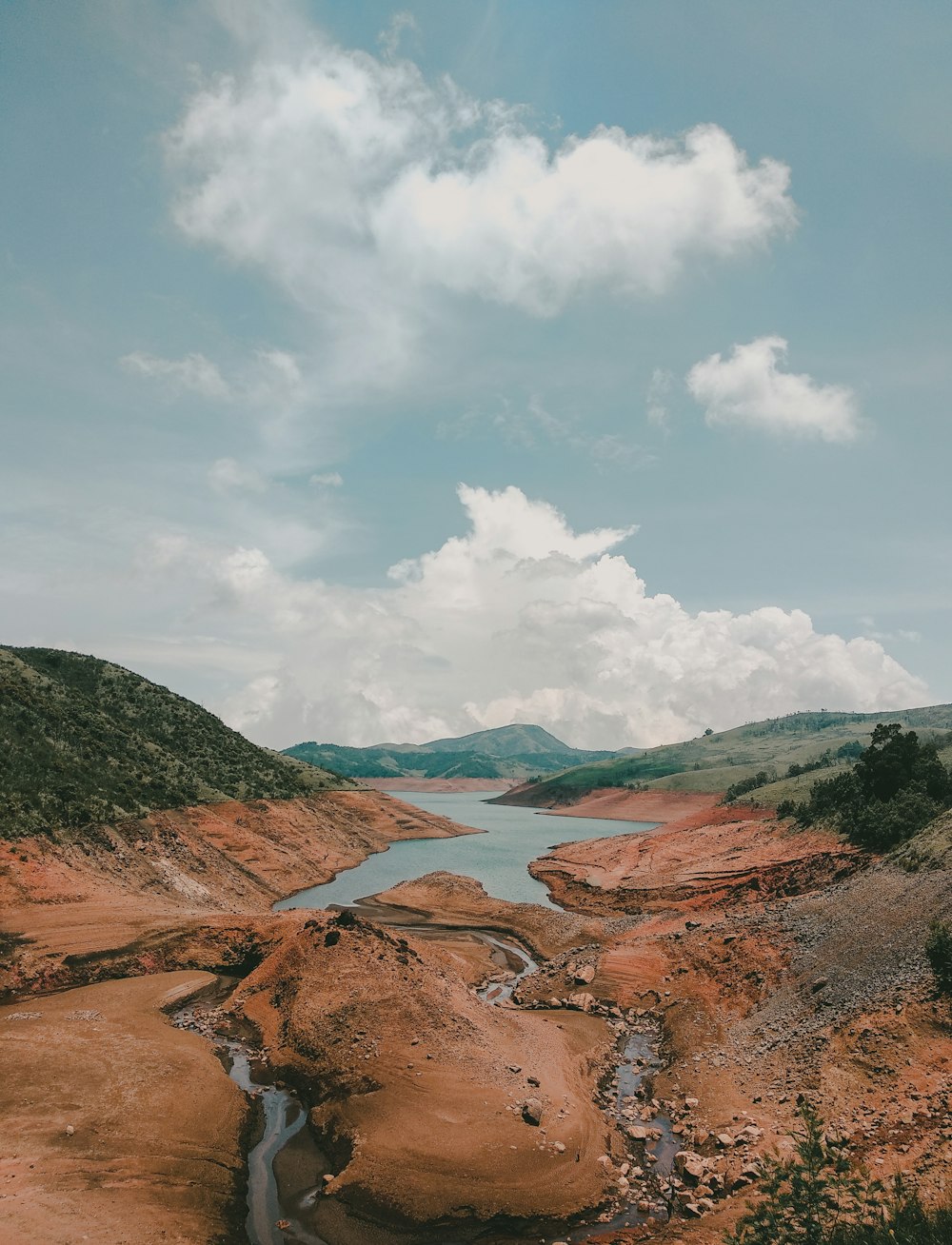Putting a price on H₂O
Carbon markets are just the start of a revolution putting a price on natural capital
”When a well is dry, we know the worth of water” - Benjamin Franklin
Energy is life. We price it. We trade it.
Carbon emissions are an externality of life. One that we increasingly price and trade.
Water is also essential to life. Yet we fail to put a price on it or trade. Instead it is close to free, or heavily subsidised, even to consumers who could pay more.
Putting a price on the first two in the ‘energy-carbon-water’ nexus enables scarce resources to be allocated more efficiently. Putting a price on them provides the incentive to ensure supply and demand move towards a stable balance. Not to do so would result in persistent surpluses and deficits - harming those in need of affordable energy and polluting our atmosphere with carbon dioxide. Yet despite the benefits we have yet to really begin to recognise the benefits of putting a price on water - the scarcest, most precious of the three.
According to the UN, agriculture accounts for 70% of global water use compared with 22% for industry and just 8% for domestic users. These proportions vary by region with agriculture even more important in Asia, Latin America, and Africa. Meanwhile, in Europe and North America, industry dominates demand for water.
Everything we eat, whether it is your eggs and toast you had for breakfast, the salad you had for lunch and the steak you had for dinner indirectly consumes massive quantities of water in its production. For example it takes 547 litres of water to produce a kg of potatoes, 1534 litres per kg of corn and 2,191 litres to produce a kg of soybeans. But those numbers pale into insignificance once you consider the amount of water needed to produce meat. To produce just one kg of beef requires 109,671 litres of water.
Energy runs on water. In fact, among industries, the global energy sector is the world’s largest water user. Almost all forms of energy production and power generation (whether it be nuclear, oil, coal, gas and of course hydroelectric) depend upon water for their operations, including the transportation of fuels, cooling generators and used to extract oil from beneath the ground. It takes 38 litres of water to power one house for one month from gas (~1000 kWh), up to 2,100 litres of water from coal and up to 31,000 litres of water to power one house for one month from oil (see The forgotten giant of clean energy and High and dry: Drought threatens Germany's plan to burn more coal).
Metal supply runs on water. At a basic level drinking quality water is required to support towns that have developed in remote areas, home to mining staff. Water is also favoured in mineral processing because it is a low cost and energy efficient way of transporting materials between processes – including disposing of, or storing, waste materials. Water is also a very efficient medium for supplying chemicals and mixing materials and it is an essential ingredient for some chemical processes. It is also the most convenient medium for gravitational and centrifugal separation of minerals from host rocks.1
Other essential industrial processes are also big consumers of water. For example, in Taiwan water reserves were so low in the summer of 2021 that water restrictions were placed on the semiconductor chip industry. The world’s largest chip manufacturer, Taiwan Semiconductor Manufacturing Co Ltd uses more than 150,000 tonnes of water per day, equivalent to approximately 80 standard swimming pools. Other areas where chipmakers are setting up, such as the US state of Arizona are also suffering from acute water shortages that threaten the production of chips.

This reliance is often most acute in areas already afflicted by water shortages, often making the problem even more acute. This is especially problematic for agriculture where water consumption is especially high and water is permanently withdrawn from its source. This can occur either because the water has been evaporated, transpired by plants, incorporated into products or crops, or consumed by people or by livestock. The majority of the water used in agriculture involves water consumption and so is otherwise removed from the immediate water environment.
Nearly 93% of the Middle East’s onshore oil reserves are exposed to medium to extremely high overall water quantity risk according to the World Resources Institute (WRI). For energy companies operating in the Middle East, inadequate desalination or other water infrastructure can disrupt ongoing projects, delaying oil drilling, production, and processing extraction and production.
Mines can also have a negative impact on the quality and availability of local water supplies. Mines that go beneath the water table are dewatered by pumping, which draws-down the water table in the surrounding landscape. This can reduce the water available to other users and reduce the discharge to streams and other groundwater-dependent ecosystems. Finally, the water from dewatering must be discharged safely to rivers, lakes, or storages and may need to be treated to remove acidity or high metal concentrations.
Energy generation and to a lesser extent, industrial processes tend to take the form of water withdrawals. Water withdrawals are defined as water that is diverted or withdrawn from surface or groundwater, but where some of this water can return back to the water system as return flows. Unfortunately the water that returns to the local environment is not always to the same quality as that first consumed.

The water demand-supply deficit is projected to reach 40% by 2030 if current practices continue, according to the WEF. Population growth, economic development including increased urbanisation, and volatile weather patterns is likely to mean that water stress escalates over the next decade. The competition between agriculture, industry and people for the scarce water supplies is going to become more intense. 2
Unfortunately, there is a spatial mismatch between the demand for water and the ability of the Earth’s geography to supply it. Water covers approximately 71% of the earth’s surface; however, 97% of it is too salty for productive use. Of the 2.5% that is usable freshwater, 70% is in icecaps, and much of the rest is in the ground. This leaves just 0.007% of the earth’s water supply in the form of readily accessible freshwater.
Much like arable land, that freshwater is not evenly distributed with some regions experiencing surpluses relative to demands from their population, while others experience extreme scarcity. For example, ~5% of the global population live in North America and it is blessed with 29% of freshwater. Asia also has around one-third of the world’s supply of freshwater, but it has to support 60% of the world’s human population.3
The supply of water is governed by the flow, rather than the stock. This means there is also a temporal mismatch between demand and supply. There are exceptions like reservoirs which can store water for extended periods of time. In the main though, consumers of water are concerned whether the rains will return and that the river will continue to flow. For the majority of water consumed, the weather and seasonal factors are especially important.
The ‘commodification’ of water challenge
A number of factors typically complicate ascribing value to water as a commodity. For instance, the implicit value of water itself is arguably delinked from its price in that the value of water in sustaining life may be so much greater than a market price can truly capture.
Governments often deem that access to water is a basic human right for which they attempt to ensure access is equitable, no matter how rich or poor you are. In economic terminology it is known as a ‘merit good’. The historical position that water should be free at the point of consumption is very difficult to row back from.
Water assets generally do not have clear and transferable ownership title – rarely can one individual claim rights to a specific reservoir or lake – thus making it difficult to trade water assets, as opposed to more conventional commodities. To be traded on the global commodities exchanges, a resource has to be transferable (even if you are selling future rights to it) and transparently priced.


